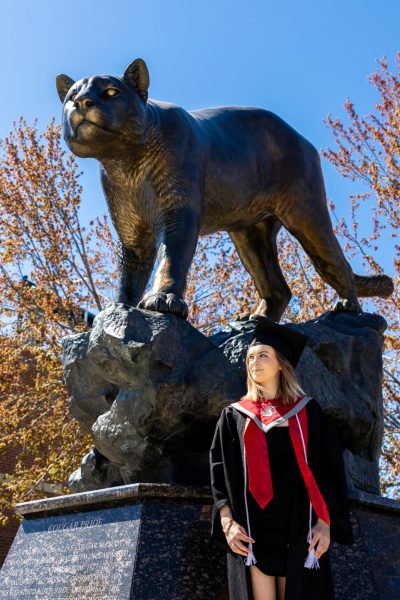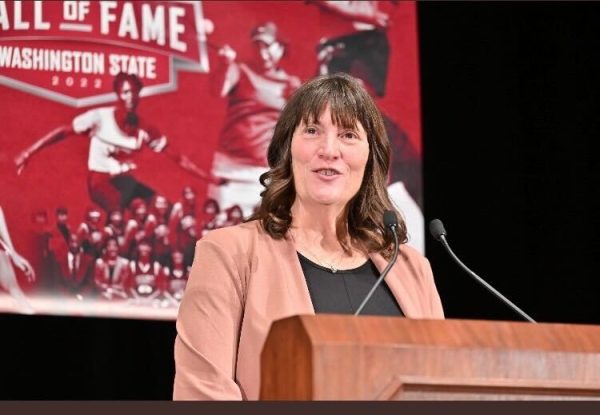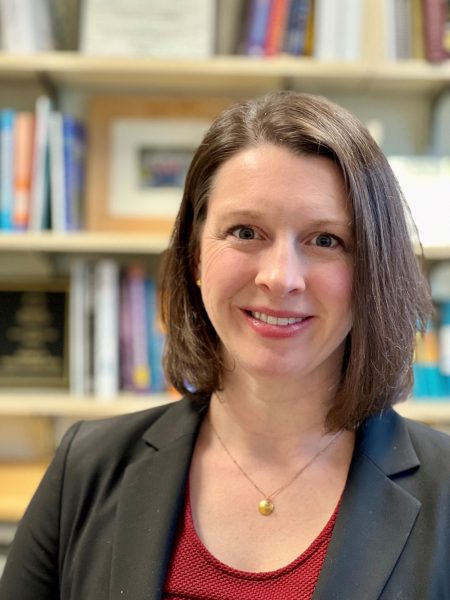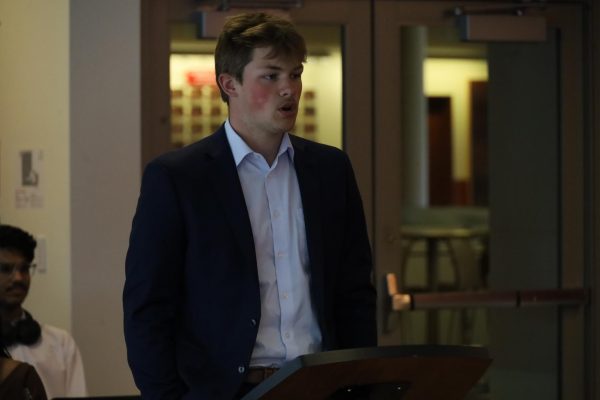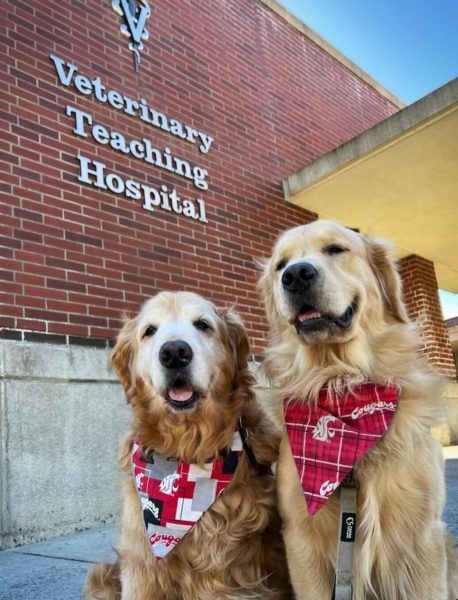Faculty discuss safer travels
February 10, 2017
The Faculty Senate announced a safe travel communication plan for WSU students at its meeting on Thursday, aiming to increase awareness of dangerous driving conditions among those traveling to and from Pullman.
WSU Communications plans to team up with Student Affairs to increase education in winter driving, as well as with the WSU Weather Triage Team to work on methods of informing students about hazardous driving conditions, according to the plan.
A brainstorm session resulted in a few different ideas about how to educate students. Some of the ideas included providing winter driving tips at Alive! sessions, working with The Daily Evergreen to publish safe driving tips and offering a snow driving education course through the Outdoor Recreation Center.
Winter driving also came up at a January Faculty Senate meeting, after the deaths of WSU faculty and students. Some of the senators discussed the possibilities of more flexible attendance during the first few days of the spring semester, to allow students to travel safely.
Other ideas at the January meeting included having the dining halls remain open for a few days after the semester to allow students more time to plan or stay off the road.
“We want ways to encourage students to stick around a little bit, to lessen the times on the road,” Faculty Senate Chair A.G. Rud said at the meeting on Thursday.
Outdated system
Associate Vice President of Financial Services, Matt Skinner, explained at the meeting that WSU’s current mainframe is outdated, and that the “risk of system failure and noncompliance is at a critical level.”
“It’s time for change,” Skinner said. “It’s time to replace our core business systems.”
Skinner proposed the Modernization Initiative, a plan that would update the current mainframe. The goal would be to eliminate the current risk and have a system that more developers have experience with, he said.
The initiative would also look to make some of the billing processes at WSU more efficient. Right now, the top ten most inefficient processes take more than 200,000 work hours a year to complete, he said.
The initiative would cost $20-30 million to get started, followed by another $5-7 million per year to maintain, Skinner said.
“We need to look forward to seeing what a modern system can do for us,” he said.
For the next six to eight months, the Financial Services department will be collecting feedback from software demonstrators.








